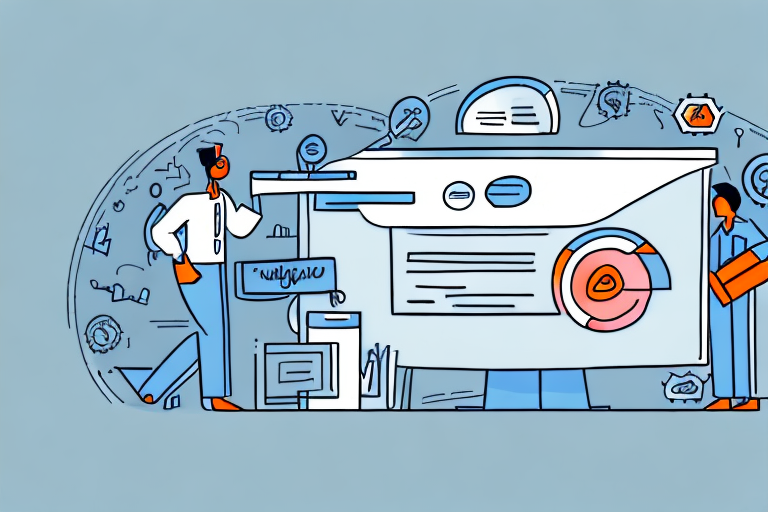Defining Your Business Needs and Objectives
If you're looking to grow or improve your business, one of the most important tasks you'll face is evaluating the products and services you need. Determining your requirements can be daunting, but with effective planning and thorough research, the process becomes manageable. This comprehensive guide walks you through the essential steps to make informed decisions, from defining your business needs and objectives to finalizing choices based on business value and return on investment.
Identifying and Prioritizing Required Products and Services
Assessing Your Business Goals
Begin by clearly outlining your business goals. What are you aiming to achieve? Identifying your pain points and challenges is crucial in determining the necessary tools and services that can address these issues effectively.
Involving Stakeholders
Engage all stakeholders, including employees, customers, and partners, in the evaluation process. Their insights can highlight what is working well and what needs improvement, ensuring that the chosen products and services align with both short-term and long-term objectives.
Conducting Comprehensive Market Research
Exploring Available Options
Once you've identified your needs, research the available products and services that can fulfill these requirements. Use reputable sources such as Gartner or Forrester for detailed industry reports and reviews.
Evaluating Vendor Reputation
Assess the reputation, experience, and track record of potential vendors. Look for certifications, awards, and customer testimonials to gauge their reliability and expertise.
Determining Budget and Allocating Resources
Setting a Realistic Budget
Establish a clear budget that reflects both immediate and long-term financial capabilities. Consider not only the initial costs but also ongoing expenses such as maintenance, upgrades, and training.
Prioritizing Essential Investments
Prioritize investments that offer the highest return on investment (ROI) and align closely with your business objectives. This strategic allocation ensures that resources are utilized efficiently.
Assessing Supplier Quality and Reliability
Evaluating Supplier Stability
Examine the financial stability and market standing of potential suppliers. A reliable supplier should have a proven track record of delivering quality products and services consistently.
Customer Service and Support
Effective customer service is paramount. Ensure that the supplier offers robust support, including prompt response times and comprehensive assistance, to facilitate a smooth partnership.
Analyzing Features, Benefits, and Limitations
Comparative Feature Analysis
Create a detailed comparison of features offered by different products or services. Highlight key differentiators and assess how each option meets your specific requirements.
Scalability and Future-Proofing
Choose solutions that can scale with your business growth. Ensure that the products or services can adapt to future needs without requiring significant additional investments.
Finalizing the Decision Based on ROI and Business Value
Evaluating Total Cost of Ownership
Consider the total cost of ownership (TCO), which includes all costs associated with purchasing, implementing, and maintaining the product or service over its lifecycle.
Projecting ROI
Analyze the potential return on investment by measuring the expected benefits against the total costs. Tools like ROI calculators from Investopedia can assist in this evaluation.
Implementing and Maintaining Your Choice
Strategic Implementation Plan
Develop a comprehensive plan for procurement, delivery, testing, and integration. Collaborate with the vendor to establish clear timelines and milestones to ensure a smooth implementation process.
Ongoing Maintenance and Review
Set up regular reviews to assess the performance of the chosen products or services. Stay adaptable and be prepared to make adjustments as necessary to maintain alignment with your evolving business needs.
Continuous Improvement of Evaluation Strategies
Regular Strategy Reviews
Continuously refine your evaluation strategies based on feedback from your team and changes in the market landscape. This proactive approach ensures that your business remains competitive and responsive to new opportunities.
By following these structured steps and dedicating time to thorough research and analysis, you can effectively evaluate the products and services your business needs. Making informed decisions in this area will drive growth, enhance efficiency, and contribute to the long-term success of your organization.




















